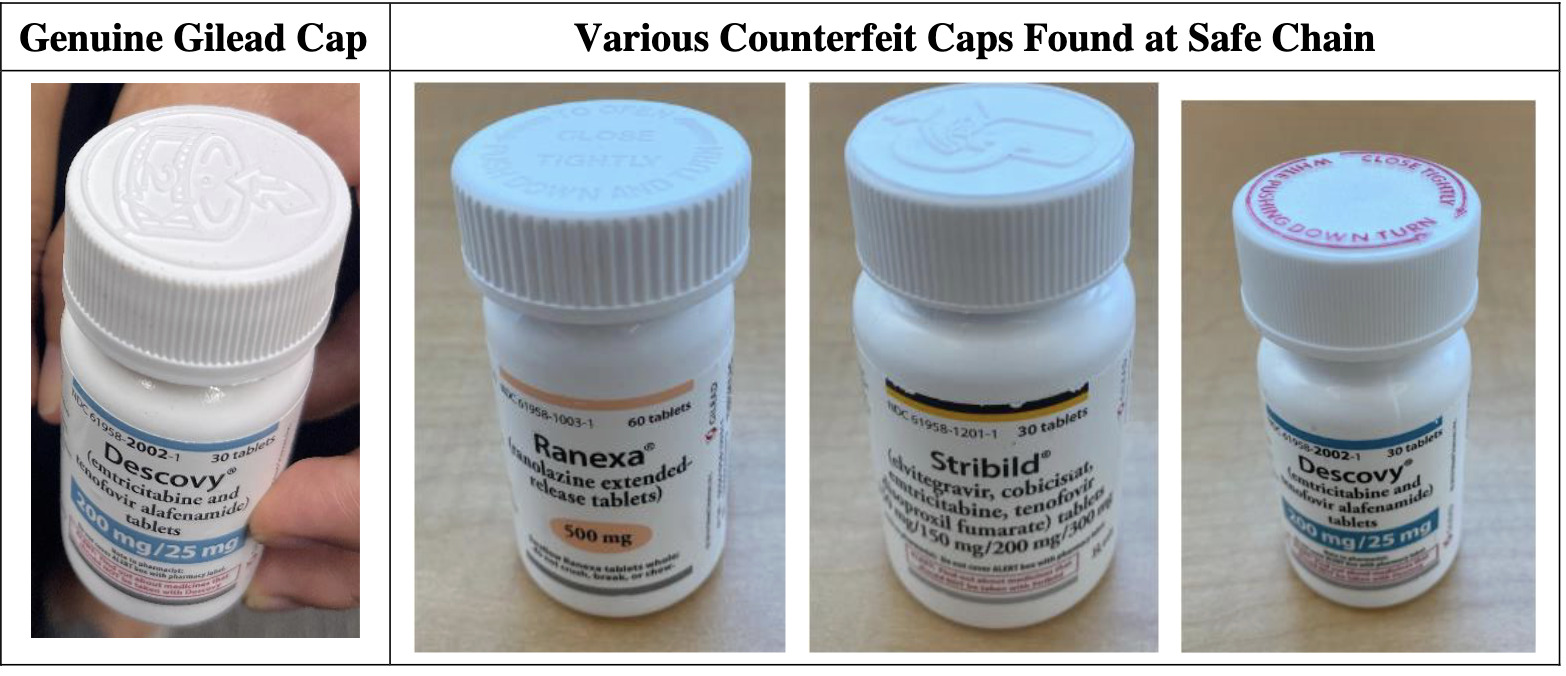Federal Circuit Affirms PTAB’s Ruling of Obviousness for the Colorization of Fabrics | Sheppard Mullin Richter & Hampton LLP
In Jodi A. Schwendimann, fka Jodi A. Dalvey, v. Neenah, Inc., Avery Products Corporation, No. 2022-1333, 2022-1334, 2022-1427, 2022-1432 (Fed. Cir. October 6, 2023) (“Opinion”), the case addresses whether there was substantial evidence to support that a person of ordinary skill in the art had motivation and a reasonable expectation of success in combining references to render obvious the incorporation of a white pigment of a first reference to the layers of a transfer sheet of a second reference to improve the transfer of images onto dark fabrics.
Background
Schwendimann sued Neenah for patent infringement of U.S. Patent RE41,623 (“the ’623 patent”), U.S. Patent 7,749,581 (“the ’581 patent”), U.S. Patent 7,754,042 (“the ’042 patent”), U.S. Patent 7,766,475 (“the ’475 patent,” and collectively with the ’623 patent, ’581 patent, and ’042 patent, “the Appealed Patents”), and four other patents.
Neenah filed petitions for inter partes review with the U.S. Patent and Trademark Office Patent Trial and Appeal Board (the “Board”) for all claims of the ’623 patent, ’042 patent, and ’475 patent, claims 1-6, 8-21, and 24-31 of the ’581 patent (collectively the “Challenged Claims”), and claims of one of the other four patents.
The Board found that the Appealed Patents share a specification, and relate to transfer sheets and methods for transferring images onto dark-colored fabrics by applying a white background to the transfer sheets. The Board also found that the Appealed Patents disclose that multi-layer image transfer sheets for transferring images onto fabrics were well known in the prior art.
Neenah asserted that the claims of these patents were rendered obvious on multiple separate grounds based on different prior art combinations, including based on U.S. Patent 5,798,179 (“Kronzer”) in view of U.S. Patent 5,655,476 (“Oez”). Neenah asserted that a skilled artisan would incorporate the white pigment taught in Oez into the transfer sheet of Kronzer. The Board instituted inter partes review of all of the Challenged Claims of the Appealed Patents and found them unpatentable as obvious over Kronzer in view of Oez.
The Board addressed Schwendimann’s arguments that challenged (i) the combination of Kronzer and Oez, (ii) whether a skilled artisan would have been motivated to combine Kronzer and Oez, and (iii) whether the combination of Kronzer and Oez would have yielded a reasonable expectation of success. The Board disagreed with Schwendimann’s arguments and ultimately concluded that Kronzer in view of Oez rendered the Challenged Claims of the Appealed Patents unpatentable as obvious.
Schwendimann appealed the final written decision of the Board of the inter parte review of the Challenged Claims of the Appealed Patents.
Issue(s)
Whether there is substantial evidence to support a finding that (i) a person of ordinary skill in the art would have been motivated to combine Kronzer and Oez, and (ii) such a combination of Kronzer and Oez would have yielded a reasonable expectation of success.
Holding(s)
The Federal Circuit affirmed the Board’s finding that the Appealed Patents are unpatentable as obvious over Kronzer in view of Oez.
Reasoning
The Board found that the Appealed Patents all cite Kronzer as prior art. The Board found that Kronzer is directed to “a heat transfer material, such as a heat transfer paper” for use in the “application of customer-selected design, messages, illustrations, and the like … on articles of clothing, such as T-shirts, sweat shirts, and the like.” The Board also found that Kronzer disclosed numerous multi-layered image transfer sheets and the use of a “peel-last” application method that includes (1) printing the desired image as a mirror image onto the transfer sheet, (2) applying the transfer sheet to the fabric image-side down, (3) applying heat and pressure to transfer the image onto the fabric, and (4) peeling a base/substrate layer and a release layer of the transfer sheet away to reveal the final product.
The Board found that Oez is also directed to multi-layered image transfer sheets and methods of using the image transfer sheets “for transferring photocopies to textiles, such as, in particular, T-shirts.” The Board also found that Oez taught the inclusion of a white pigment in a layer of an image transfer sheet to provide a white background for the image to improve image quality when transferring images onto dark fabrics. The Board further found that Oez disclosed the use of a “peel-first” application method that includes (1) printing the desired image positively (i.e., not as a mirror image), (2) peeling a base/substrate layer and a release layer of the transfer sheet away before transferring the image, (3) applying the transfer sheet to the fabric image-side up, and (4) applying heat and pressure to transfer the image onto the fabric.
In addressing Schwendimann’s first argument that a skilled artisan would not have been motivated to combine Kronzer and Oez because their teachings are “diametrically opposed” and “flatly inconsistent,” the Federal Circuit found this argument unpersuasive based on the substantial evidence. The Federal Circuit found that the disclosures of Kronzer and Oez, along with the expert testimonies of Schwendimann’s expert and Neenah’s expert, supported a finding that Kronzer and Oez were complementary and compatible in improving the transfer of images given that Kronzer expressly taught that pigments could be included in a layer of its transfer sheet and Oez expressly taught including a white pigment. Thus, the Federal Circuit found that there was substantial evidence to support the Board’s finding that a skilled artisan would have been motivated to combine the Kronzer and Oez.
In addressing Schwendimann’s second argument that a skilled artisan would not have had a reasonable expectation of success combining Kronzer and Oez, the Federal Circuit found that there was substantial evidence that made this argument unpersuasive. First, the Federal Circuit found that the disclosure in Oez is substantial evidence to support the Board’s finding that Oez does not teach away from a combination with Kronzer because Oez does not discourage a skilled artisan or lead a skilled artisan away from using a white pigment in the same or similar way as disclosed in the Appealed Patents. Second, the Federal Circuit found that Kronzer’s the lack of disclosure of failed trials that included transfer sheets with pigments, Neenah’s expert’s testimony, and other scientific literature in the record were substantial evidence to support the Board’s analysis and conclusion that the proposed combination of Kronzer and Oez would not lead to unpredictable results, such as unpredictable chemical reactions. Third, the Federal Circuit found that there was substantial evidence to support the Board’s finding that a skilled artisan would understand how to combine Kronzer and Oez by using common sense to adjust the different application methods of Kronzer and Oez to successfully transfer an image using white pigment. Thus, the Federal Circuit found that there was substantial evidence supporting the Board’s finding that the proposed combination of Kronzer and Oez would not have led to unpredictable results and a skilled artisan would have had the common sense to make the proposed combination to arrive at the subject matter of the Challenged Claims of the Appealed Patents.
Lastly, in addressing Schwendimann’s third argument that Neenah failed and the Board erred in explaining why a skilled artisan would have chosen Kronzer as the primary reference for the proposed combination, the Federal Circuit found that Schwendimann did not have any exceptional circumstances that warrant consideration of this primary reference argument and that Schwendimann ultimately forfeited her ability to raise this argument before the court. Regardless, the Federal Circuit found that Neenah and the Board adequately explained that the basis for having Kronzer be the primary reference is that adding a white pigment to the layers of Kronzer’s transfer sheet would improve the transfer sheets for application to dark fabrics.
Ultimately, the Federal Circuit found that there was substantial evidence to clearly support the Board’s obviousness conclusion, refuting any concern of hindsight bias.






